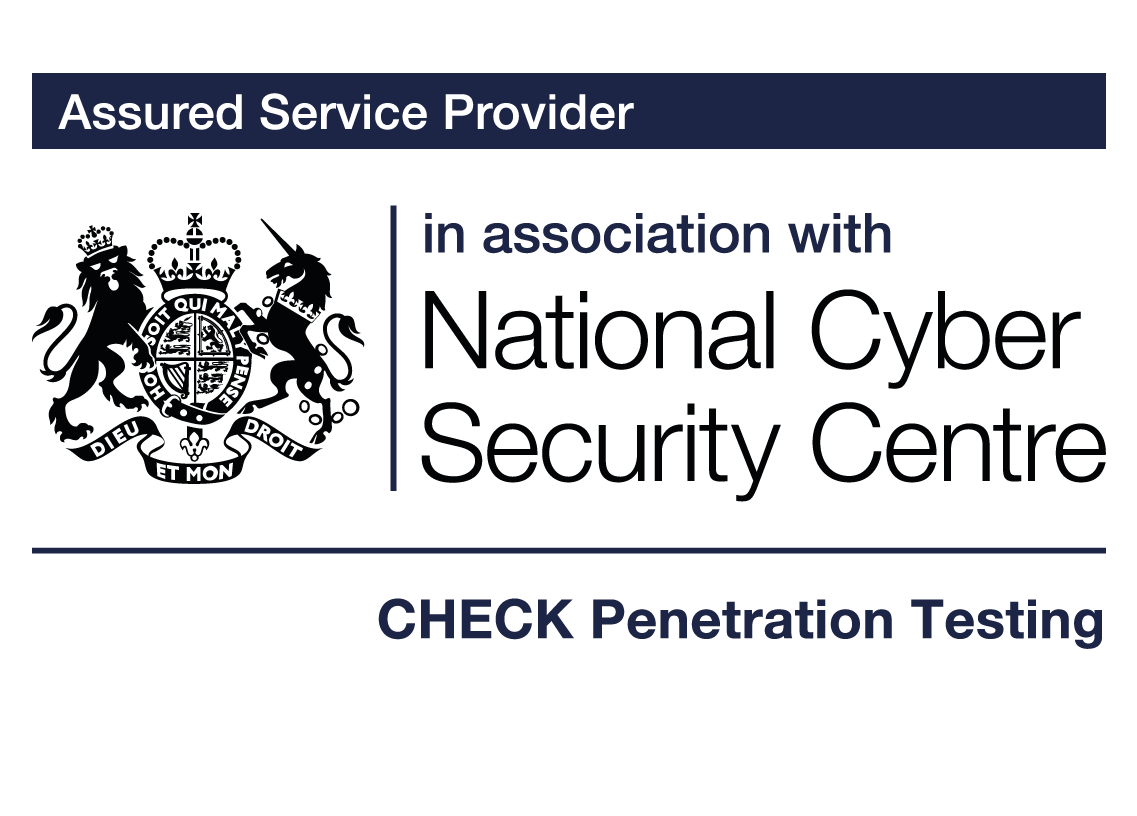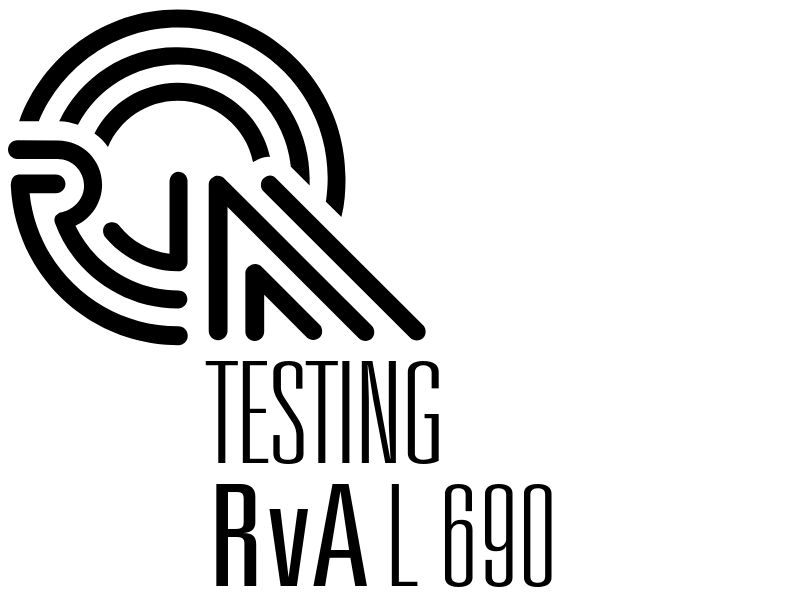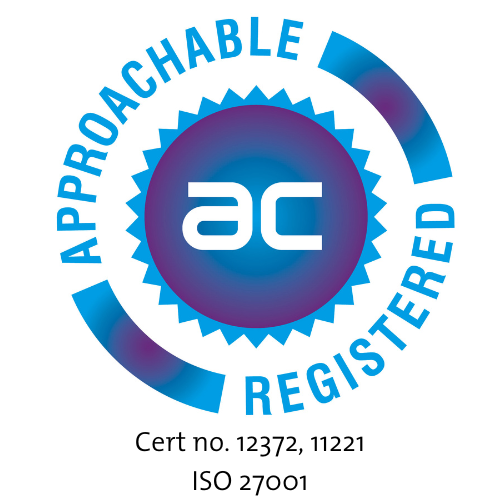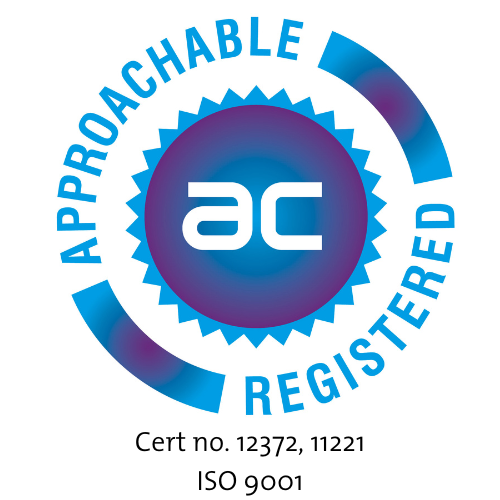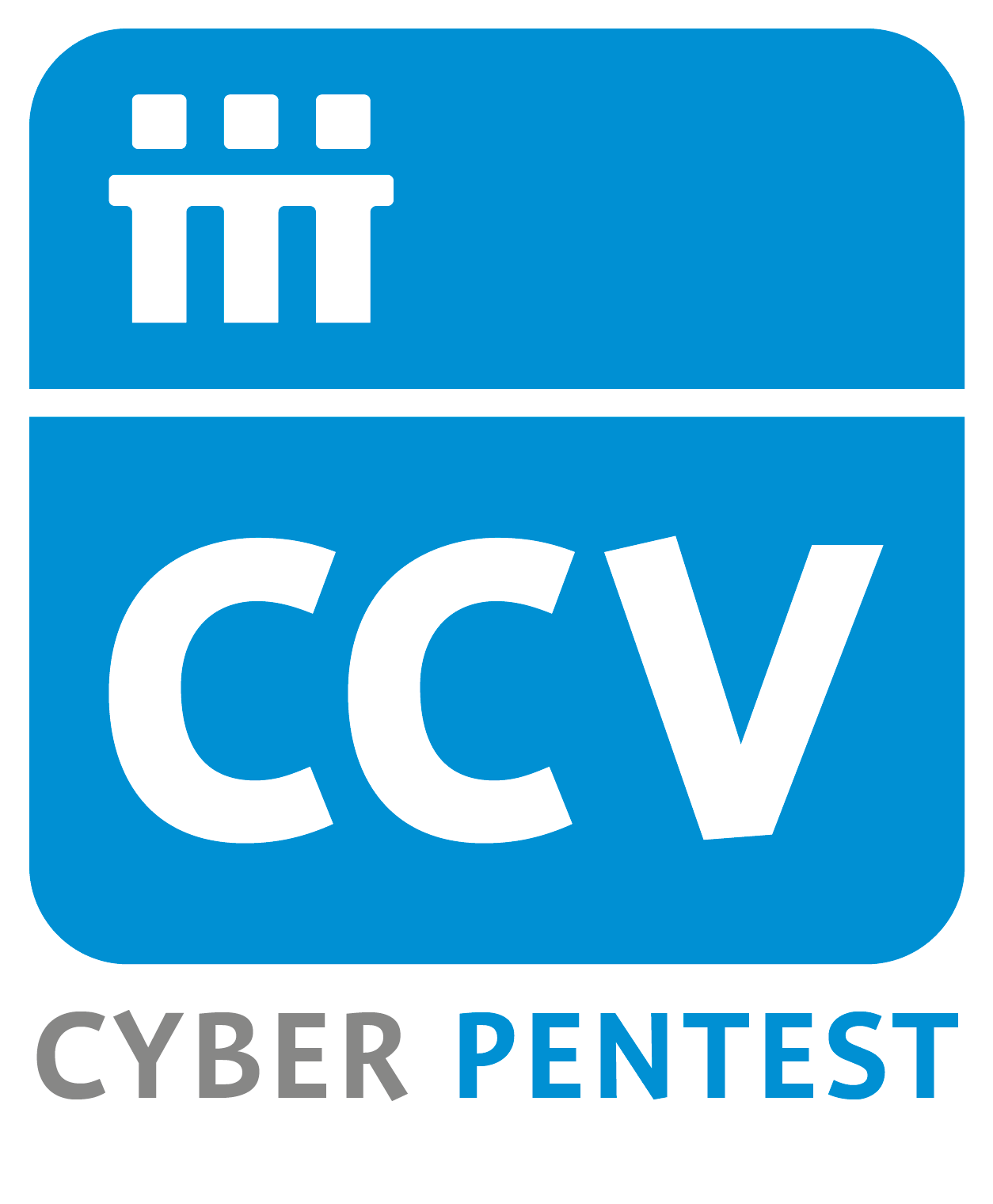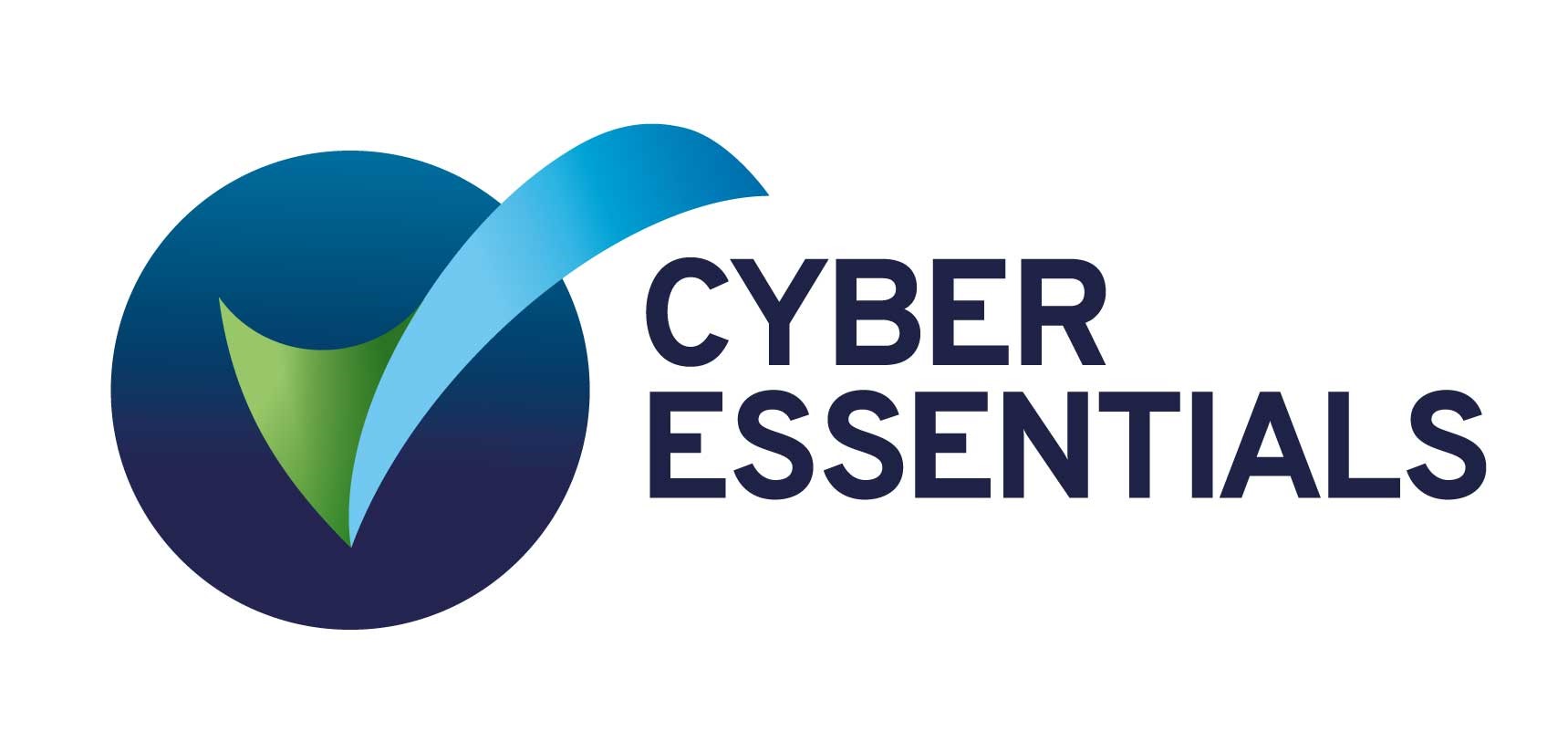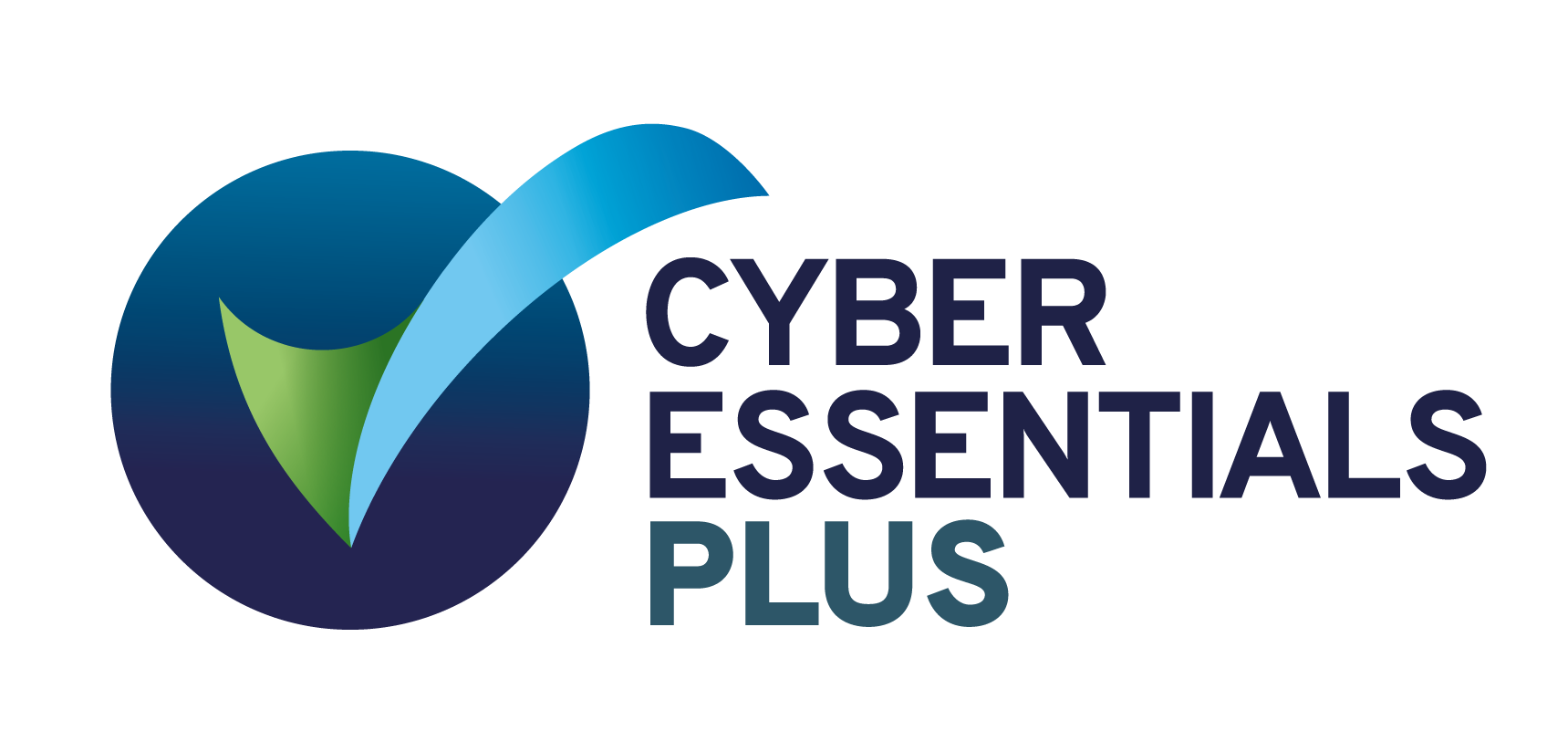Why is the NEXTGEN TV logo critical to the success of ATSC 3.0 deployments in developing countries?
Dr Bob Campbell recently wrote an article about the importance of ATSC 3.0 deployment in Jamaica being successful for ATSC 3.0 itself. Many countries will be watching to see how this complex, advanced technology can be successfully adopted in a country going from analogue straight to ATSC 3.0.
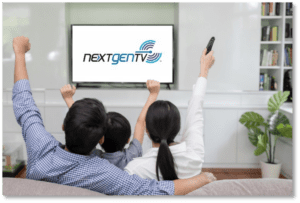
Written by Dr. Bob Campbell
Recently, I wrote an article about the importance of ATSC 3.0 deployment in Jamaica being successful for ATSC 3.0 itself. Many countries will be watching to see how this complex, advanced technology can be successfully adopted in a country going from analogue straight to ATSC 3.0. If devices can be made at a lower price point, and delivered with some return channel (broadband, wifi, or even 5G based – a critical component of the major benefits of ATSC 3.0) to a wide section of the population in both remote and rural areas, then I strongly believe this will be a leading example for many others around the world.
However, that raises a question… The logo scheme for NEXTGEN TV, the consumer branded trademark created by the Consumer Technology Association (CTA) and supported by the U.S. National Association of Broadcasters (NAB) and Resillion, is awarded to devices that are tested to comply with a set of minimum requirements defined by the scope of a test suite – assuring that compliance has a cost. Any additional cost burden on devices that must reach a population with a median salary just less than $8000 USD is a problem, right?
Well, let me tell you why that cost is better paid up-front, in the device manufacturing stage, rather than later. Because it will be paid, even if the logo isn’t used.
Without a means to signal to consumers “this device works with ATSC 3.0”, we have a situation where any manufacturer can offer their device to such a market, promising grand possibility of features. Will they be realised? Without testing the device, who knows. Who’s going to test it – the consumer? That means they will then pay that cost – much later, at their own personal expense and at significant expense to everyone who invested in the means to deliver ATSC 3.0 in the first place.
But “market forces will drive the cream to the top” you say? Cheap always attracts a willing customer without alternative information to know any better, plus finding out which ATSC 3.0 feature support a device may implement is tricky, beyond the possible inclusion of RF decoder.
Developing markets often don’t benefit from dedicated sales and servicing support from leading brands. Often, consumers buy from nearby markets – in Jamaica’s case the U.S. directly. How does someone in Kingston browse Amazon.com or Best Buy and know what they’re getting will work with the service already on air today from TVJ?
So, we don’t want to impose this cost on the consumer, and we certainly don’t want to be left with a fantastic broadcast capability undermined by a poor consumer perception due to unreliable and underwhelming devices.
The cost of a certification test adds just a few cents to a device run of any scale, needed to service a country, even if relatively small in population like Jamaica. A locally targeted device for Jamaica, that carries the logo, could easily benefit a far wider market: the U.S. itself needs such devices in volume to achieve its voluntary switchover. Given manufacturers will surely be confident their devices are well able to support the minimum features, and the benefits they will reap from the widespread marketing of NEXTGEN TV (paid for by broadcaster groups like Pearl TV, not the CEs), this testing and NEXTGEN TV logo adoption is, surely, a no brainer.
There is just one note of caution: while the NEXTGEN TV logo is a foundation, it is not designed to be more than a minimum check of compliance to specific features covered in the test suite. It is specifically intended to allow manufacturers to compete on overall performance, user interface and wider capabilities, whilst covering various price points and serving a wide range of markets. Its test suite is evolving year on year to keep pace with features as they are supported, mainly in the U.S., and based on industry input and feedback.
Organisations that are concerned with wider scope such as energy consumption, performance, public service features like education and alerting, security and digital rights management, or regional specific features and RF configurations may wish to augment that testing.
Resillion can help design additional lightweight test specifications to those requirements and augment its test service, based on its leading tools and test materials, to accommodate local requirements. We can even help regional authorities set up their own local test facilities to support in-country assurance services and create local jobs. Testing of the local TV services and applications – for load, functional requirements, and specification conformance – is also necessary and can be achieved remotely with our automation tooling or we can help local entities to build labs and train staff to support this additional necessary and ongoing activity.
A logo scheme is the foundation for a rich and competitive market for devices, avoiding a wild-west situation where unknown levels of support for basic capabilities are unleashed on an unsuspecting consumer. The NEXTGEN TV logo is a compelling consumer brand already directly marketed in the U.S. and, with the support of major broadcasters behind it, I believe it will become increasingly difficult to sell a device that doesn’t have this mark, without it ever becoming mandatory. Any government or regulator considering their approach to seeding a market with devices should consider NEXTGEN TV certified as a bare minimum requirement.
Our Accreditations and Certifications
